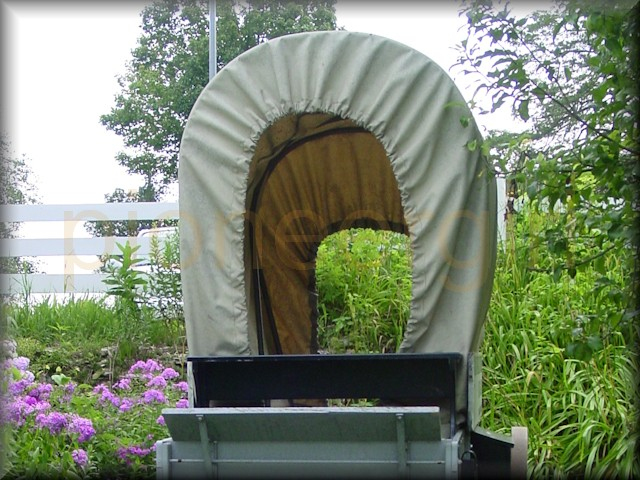canvas

A coarse cloth made of hemp or flax, used for tents, sails of ships, painting, and other purposes. — Webster, 1882
 A neat canvas awning adorns the front of Tinkham & Hopp’s store. – De Smet Leader, May 2, 1885.
A neat canvas awning adorns the front of Tinkham & Hopp’s store. – De Smet Leader, May 2, 1885.
 I spent most of the afternoon knitting with hemp. Not soft hemp yarn or uniform hemp string used for necklaces, but scratchy, rough, hemp fiber which varied in diameter from that of a strand of human hair to a regular spaghetti noodle – full of knots, slubs, and frayed bits. Hard on the hands at first, it soon became oddly satisfying to work with and it’s beautiful stuff.
I spent most of the afternoon knitting with hemp. Not soft hemp yarn or uniform hemp string used for necklaces, but scratchy, rough, hemp fiber which varied in diameter from that of a strand of human hair to a regular spaghetti noodle – full of knots, slubs, and frayed bits. Hard on the hands at first, it soon became oddly satisfying to work with and it’s beautiful stuff.
This hemp was an impulse buy; I hadn’t a clue what I was going to knit with it. I thought about a table runner or some drawstring storage bags. What I ended up knitting was an 18-inch square. I used about 1/4 of what I bought. If I come up with an exciting project, I’ll just unravel the square and reuse it.
The Little House connection? CANVAS. Like the canvas used in Charles Ingalls’ wagon cover.
Back in Laura’s day, canvas was any rugged fabric used to make wagon covers as well as tents and awnings. It might have been made of flax, cotton, or hemp. Hemp was originally Cannabis hemp, which became known as canvas, based on the Dutch pronunciation of the word cannabis. In 1938, it became illegal to grow hemp in the United States for any use, including the manufacture of cloth goods, while it was still grown in many other countries, including Canada and England. In other words, we could import it, but not grow it in our own country, even though hemp had great industrial potential as a replacement for cotton used today in canvas, for tree pulp paper, and for fossil fuel products. “Why, Pa, why?” Because many confused industrial hemp with marijuana, even though industrial hemp is a non-intoxicating plant cultivated and used in a multitude of ways around the world for millennia.
Laura Ingalls Wilder supported and promoted letter-writing campaigns to government officials about things she believed in. When I first wrote about canvas on my old blog (entry dated July 2, 2005), I included a copy of a letter making the rounds at the time, asking that you wrote your senators and congresspersons in support of the American Hemp Industry. In 2018, the Farm Bill reclassified hemp, making it legal for certain states and tribes to grow industrial hemp; see farmers[dot]gov for more information.
In the Little House books, Laura Ingalls Wilder never tells the reader the fiber content of canvas, just what items are made out of it: the wagon cover, railroad camp tents, and the money bag containing the railroad worker’s pay that Ma hides in a bag of flour for safe-keeping. The word canvas doesn’t appear in Wilder’s handwritten Pioneer Girl memoir at all, but the items made from it do.
Wilder also doesn’t tell the reader if the wagon cover and tent canvas has been treated in any way to render it water-proof, but most likely it was. In Pioneer Girl, Wilder writes that when settling in Indian Territory before the cabin was built, Laura was “safe in the wagon with its nice tight cover to keep out the wind and the rain.” Untreated canvas would repel water to a certain extent, but drips would naturally occur when rain water pooled in creases or low spots or when somebody poked a finger repeatedly at a spot until surface tension between fabric and water was broken.
The typical waterproofing material was linseed oil, spread to saturate both cloth and any stitching and seams and allowed to dry. Once dry, the canvas was flipped over to treat the other side. Wax (beeswax or tallow) was also used. In Little House on the Prairie (see Chapter 19, “Mr. Edwards Meets Santa Claus), Mr. Edwards wears a “rubber coat,” a garment stitched from cloth that had been coated with vulcanized rubber, or vegetable rubber heated with sulphur, rendering it hard yet elastic. Canvas treated with linseed oil would yellow over time, and as the oil dried out it would lose its water-proofing properties. Dirt and sand blown against the wagon cover would eat its way through the treated canvas and cause rips and tears as well.
Wilder wrote in On the Banks of Plum Creek (see Chapter 1, “The Door in the Ground”) that Pa traded the wagon cover (and bows, since Wilder says Pa and Mr. Hanson moved both the wagon bows and wagon-cover to Mr. Hanson’s wagon the next day) for Mr. Hanson’s crops and his oxen. Yet Pa gets out the “old wagon bows” and sets the canvas cover over them at the beginning of By the Shores of Silver Lake (see Chapter 2, “Growing Up”). Either Wilder forgot that Pa had already traded those items away or Pa had obtained new ones at some point that were now considered “old,” as the fictional story ignores the years the Ingalls family spent in Burr Oak. However, the journey east from Walnut Grove and back west again is made in a covered wagon according to Pioneer Girl.
Was a wagon cover and bows really worth as much $$ as a pair of oxen and a small wheat field?


canvas (LHP 1-3, 6, 10, 26; BPC 1; SSL 2, 5-6, 11)

